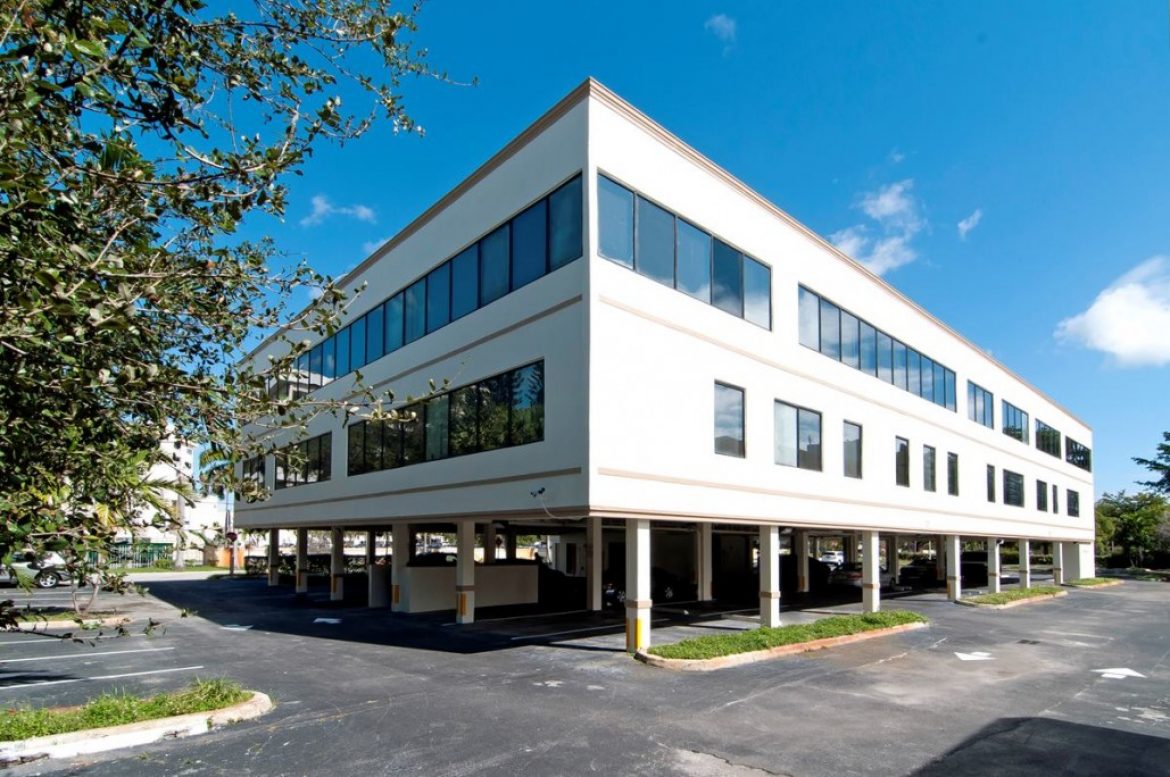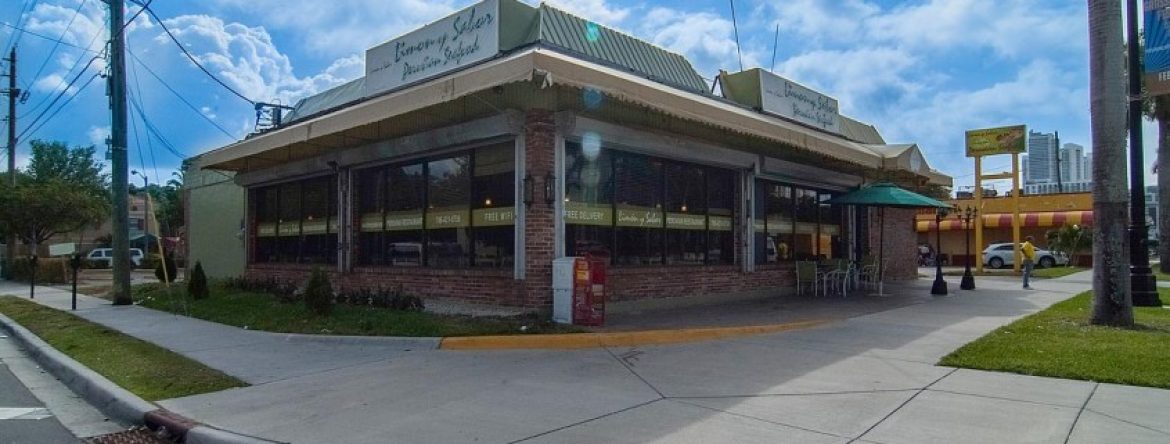
Today’s TOD real estate investor faces a bifurcated scenario when it comes to timing a project: Start at the inception of a TOD or take the wait-and-see approach. The former involves much coordination and understanding regarding a local government’s pre-existing ordinances and plans. On the other hand, the latter involves study and assessment of where a TOD-centric community is going in the way of economic and lifestyle demographics.
No matter which approach you might employ to develop real estate in the penumbra of a TOD, you must realize initially that moving people efficiently and economically stands at the forefront of priorities for local transportation agencies. Services and domiciles must, of course, offer amenities congruent to the demographics of the prevailing commuters.
When TODs started trending among local governments, agencies predominantly chose traditionally high-density neighborhoods where more traditional commuter options existed. These neighborhoods may accommodate a large university population, government administration centers, tech headquarters, or aircraft manufacturers.
Sometimes, new industries planning to relocate to a new neighborhood stay abreast of the local agencies’ TOD priorities and plans as it pertains to prospective real estate development. In these cases, your development or industry serves as one of the linchpins to a TOD’s success and vice versa. The project, resultantly, proves symbiotic for both the TOD and the developer. As a developer, you become vested from the very start, even though people movement is the main priority.
Recently, however, communities reliant on large arterials for mostly single-occupant transportation are breaking the stereotype for TODS. Take Orlando, Florida, for example. Here, as with many other auto-dominant communities and neighborhoods, space has become a high commodity—especially as it relates to parking and living domiciles.
High-density residences located near a modern transit hub, such as those serving high-speed rail, resolve many of the challenges sprawl can present to cities such as Orlando. Moreover, the changes in today’s urban lifestyle preferences—living, working, and playing within a relatively small radius—helps such communities stay vibrant.
In the case of downtown Orlando, many developers gained jump-starts via tax credits and similar incentives for playing a role in stemming sprawl, decreasing auto emissions, and revitalizing central neighborhoods that sometimes suffer abandonment by suburban or perimeter flight.
At Brownsville Transit Village, locating in the booming super region of South Florida, real estate developers teamed up with a not-for-profit organization’s initiative to include affordable housing for low-income families and the elderly in a community that fully serves all ages without the need of a car. Caribbean Village will soon follow with a strategically designed district that will also cater to low-income residents and the elderly.
The TOD outlook for Southern Florida’s horizon is bright as a handful of other transit-centered villages will either break ground or be completed within a year. Strategically incorporating mixed use real estate developments along each station, the region’s sole privately owned, operated, and maintained passenger rail system—Brightline—recently launched its express service connecting Miami, Fort Lauderdale, and West Palm Beach along the FEC corridor. These beautifully laid out TODs are paving the way for South Florida residents to take advantage of the “live, work, and play” dream, as all real estate concepts are now connected and thriving along this high-end rail system.
Because of the varying types of TODs, a real estate developer should first define which model of the TOD trend best fits the complex or business involved. Realtors must also pay attention to nascent trends, as a recent survey by a major infrastructure consultancy firm shows that 70 percent of millennials are willing to pay more in rent or mortgage in order to commute to work without a car while finding entertainment and recreation within a walkable radius.
Today, the evolution of TODs remains actively in play in South Florida. As a result, a developer strong in versatility gains the competitive edge.
Source: The Real Deal

